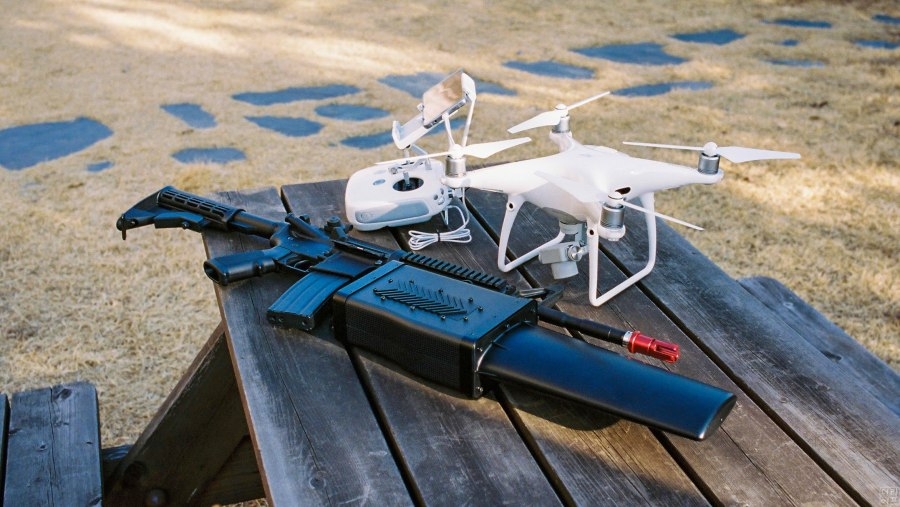Anti-Drone Technology: Protecting Airspace From Unmanned Threats

Anti-Drone Technology: Protecting Airspace From Unmanned Threats
Emergence of Rogue Drones
In recent years, the availability and affordability of small drones have increased drastically. While drones enable many beneficial applications, their proliferation has also given rise to threats from rogue drones infringing on protected airspaces. Several high-profile incidents of drones disrupting airports or illegally flying over restricted areas have highlighted the need for effective countermeasures. As anti-drone technology advances, so must our capabilities to ensure public safety and national security from potential drone misuse.
Detection is Critical
The first line of defense against rogue Anti-Drone involves reliable detection systems. Unlike manned aircraft, drones can be small and difficult to visually identify from a distance. Dedicated sensors must be deployed to spot drones within protected zones. Radar, electro-optical cameras, and acoustic sensors fused together provide robust detection even in adverse conditions. Detection data combined with pilotless flight characteristics helps distinguish drones from other aviation activities. Early warning of potential intrusions buys time to assess threats and initiate an appropriate response.
Identification is Also Important
Once detected, positively identifying drones is important for an adequate response. Characteristics like drone model, markings, flight behavior patterns and payload can reveal the operator's intent. This identification process involves analyzing detection data through automated algorithms as well as trained analysts. Linking a detected anti-drone to its command station also attributes responsibility. Identification capabilities allow discerning between authorized drone operations and malicious activities within a protected airspace. With correct IDs, authorities can directly contact legitimate operators to divert off-course drones or apprehend rogue ones.
Countermeasures for Rogue Drones
For rogue drones posing credible threats, active countermeasures are necessary to neutralize them safely. Options range from non-destructive to hard-kill based on the assessed severity. Jamming drone navigation signals disrupts its control link, causing the drone to either return home automatically or descend for recovery. Entangled nets fired from launchers can physically capture intruding drones for inspection. Also in development are high-powered microwave and laser weapons that target drones' electronics to disable them at a safe distance. As a last resort, kinetic measures like projectile interceptors precisely strike drones from the sky. Countermeasures must balance risk mitigation with avoiding damage to non-involved aircraft or property on the ground.
Get More Insights on- Anti-Drone
- Industry
- Art
- Causes
- Crafts
- Dance
- Drinks
- Film
- Fitness
- Food
- Spiele
- Gardening
- Health
- Home
- Literature
- Music
- Networking
- Other
- Party
- Religion
- Shopping
- Sports
- Theater
- Wellness
- News


